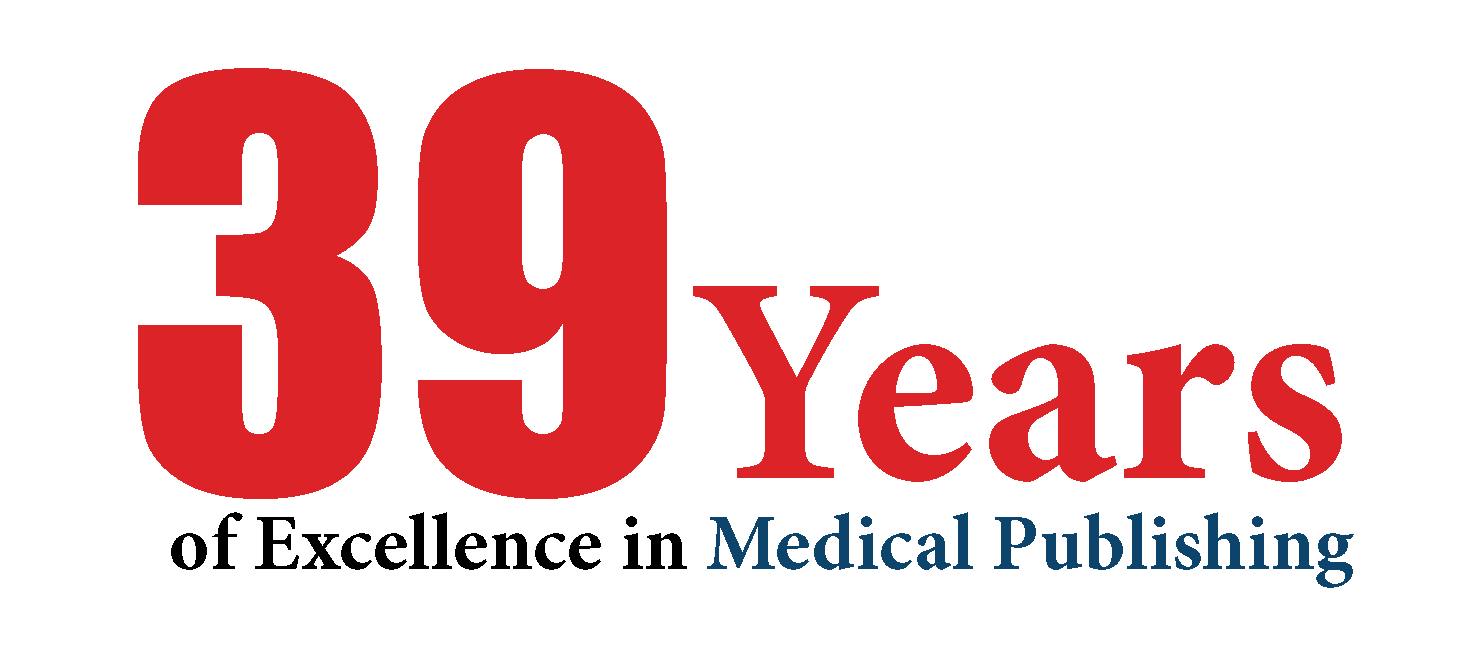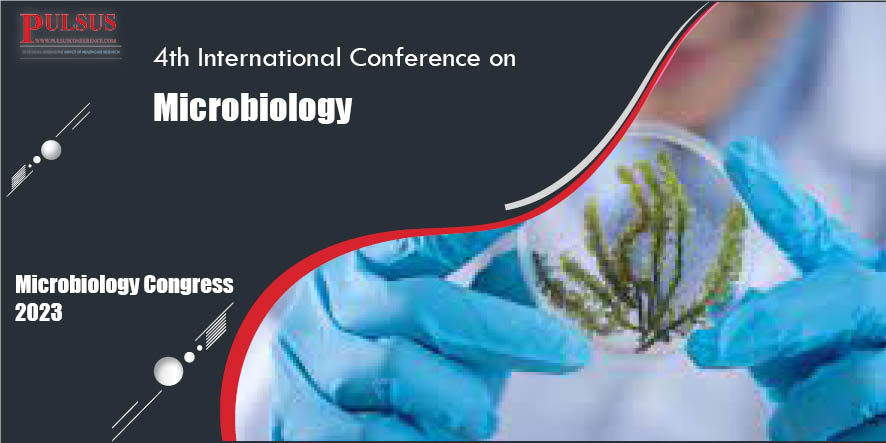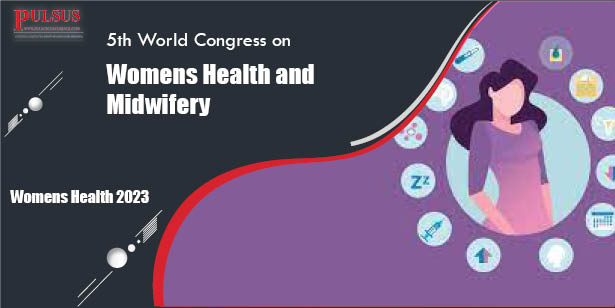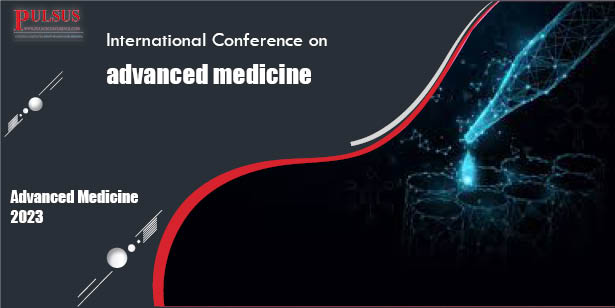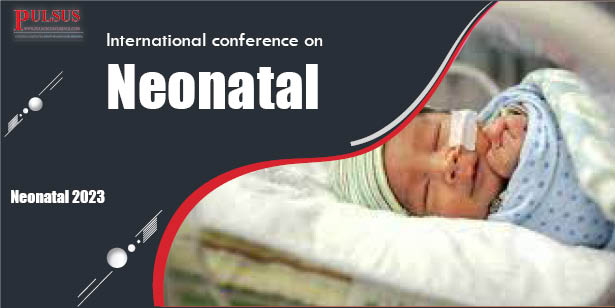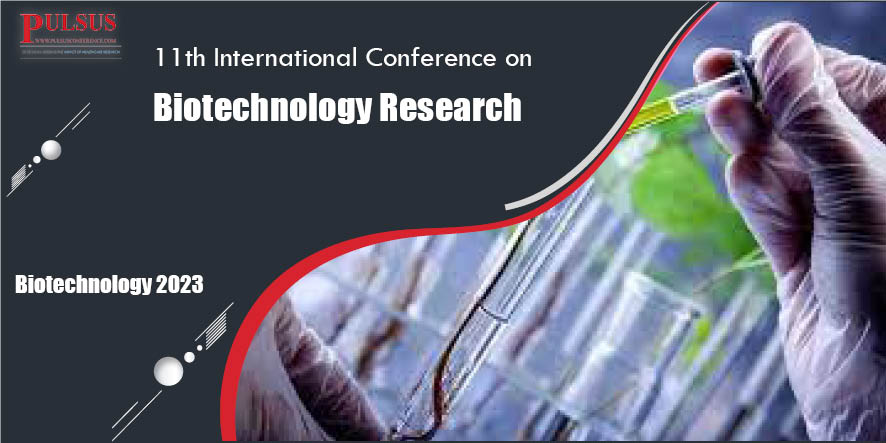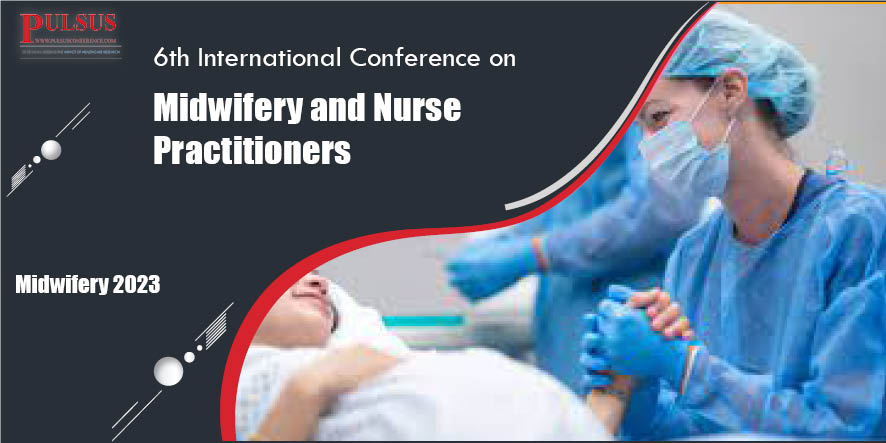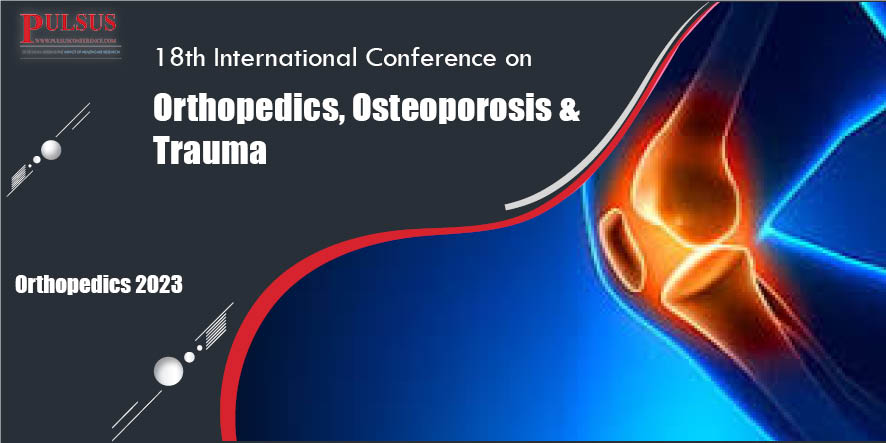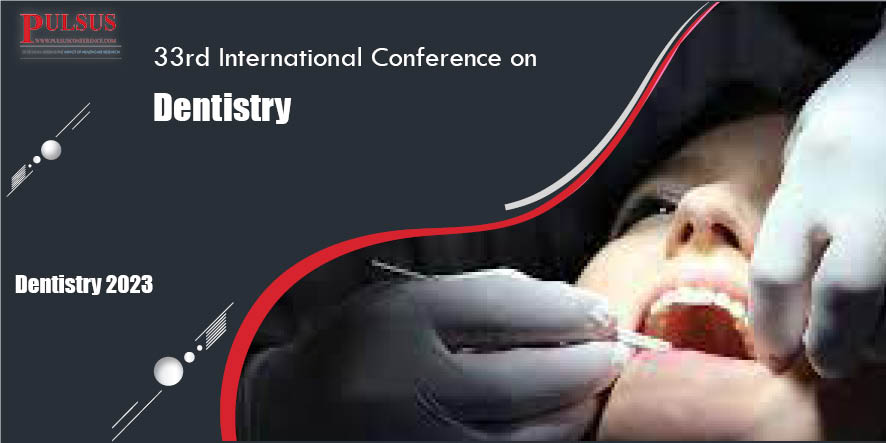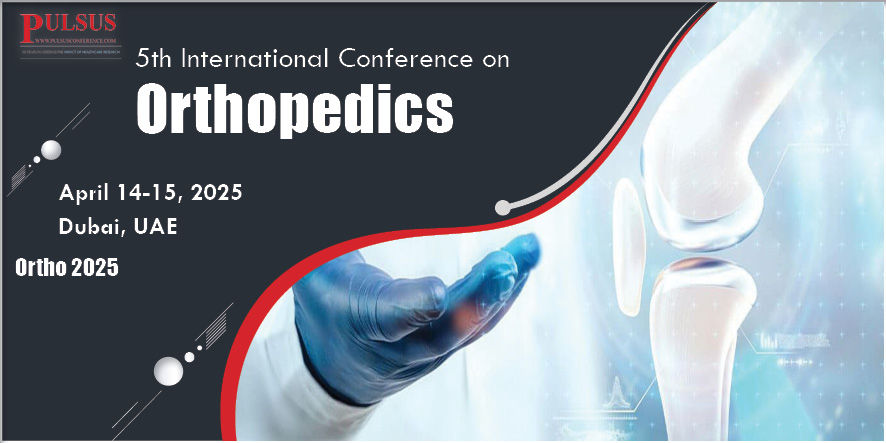About Aquaculture Conferences
Aquaculture Conferences 2023 | Aquaculture Conference | Oceanography Conference | Aquaponics Conference | Marine Ecology Conference | Fish Farming Conference | Aquaculture Disease Conference | Aquaculture Conferences | Aquaculture Events | Aquaculture Meetings | Aquaculture Gathering
We are overwhelmed to welcome all the International Researchers, Speakers and Participants for our upcoming Aquaculture Conferences 2023.
Aquaculture is the directed process of cultivating aquatic organisms, especially for human consumption. It’s a related idea to agriculture, but with fish instead of plants or livestock. Aquaculture is also mentioned as Fish Farming.
Humans need alternate sources for seafood to feed the planet’s ever-growing population, given the situation of overfishing of our oceans and other natural resources which is consistently growing year over year. Aquaculture is the key to filling in the gap of the seafood supply. Farming fish sustainably and responsibly is the main focus to provide future generations with access to environmentally friendly and healthy protein options. Aquaculture is not only necessary; it is also a sustainable choice for the market, especially in distinguished to other farmed proteins.
Aquaculture and Aquaponics has the potential to improve the health of our population and the health of our globe, as long as it is done by considering animal welfare and food safety, also in a way that is socially responsible and environmentally friendly. Aquaculture engineering has played a vital role in the evolution of the aquaculture industry, which now accounts for half of all seafood products consumed on the globe. To identify effective solutions the field is combined with both fish physiology and business economics knowledge.
Now, Aquaculture has become one of the world’s fastest-growing food production sectors, currently producing more than 50% compared to just 9% in 1980 of all fish for human consumption globally. This growth is not only important in economic terms – but it also positions aquaculture as an essential component of the United Nations Sustainable Development Goals, in particular contributing to Zero hunger and No Poverty. Now a day, over a billion people depend on seafood as their main source of animal protein, and innovative solutions are required to strengthen the world food supply with an extending gap between rich and poor.
Aquaculture Conferences 2023 | Aquaculture Conference | Oceanography Conference | Aquaponics Conference | Marine Ecology Conference | Fish Farming Conference | Aquaculture Disease Conference | Aquaculture Conferences | Aquaculture Events | Aquaculture Meetings | Aquaculture Gathering
Aquaculture refers to the regulated production of marine and freshwater organisms. Fish and shellfish for human consumption, sport fishing, backyard ponds, and release to improve wild populations are all examples of this. Aquatic plants are grown on other farms for food, garden ponds, aquariums, and even fuel and medicine. Baitfish, farmed pearls, and tropical fish are also produced in Aquaculture.
Products such as mussels, clams, oysters, salmon, flounder, and cobia are cultivated in some types of Aquacultures in the open ocean and in bays. Artificial clay ponds, which are the principal source of farm-raised catfish, tilapia, bass, shrimp, crawfish, baitfish, and ornamental fish and plants, are used for another Aquaculture. Because trout demand a lot of oxygen, they're generally reared in raceways with water constantly flowing through them. Aquaculture is practiced on land in certain regions, using high-tech recirculating systems that reuse the water after it has been cleansed.
Segmentation
The Aquaculture Market has been split into three categories based on environment, product type, and geography:
Environment Type Segment: According to the environment's Aquaculture market prediction, fresh water was the most revenue-generating segment in 2019, accounting for a major share of the Aquaculture business. The fresh water segment is estimated to grow at the fastest pace of 5.9% during the forecast period, followed by the marine water segment at 5.8%. The growth can be attributed to the rapid rise of Aquaculture as a viable alternative to wild fishing.
Fish Type Segment: According to Aquaculture industry research by fish type, the other segment made the most money in 2019. The tenacity and adaptability of these fish have led to widespread domestication over the world, resulting in their supremacy. Furthermore, the Aquaculture business is expanding due to rising demand for fish in the dietary nutrition sector for the creation of omega-3 supplements.
Regional Segment: In terms of revenue generation, LAMEA (Latin America, the Middle East, and Africa) was the second-largest market by region in 2019, accounting for over a quarter of total revenue. This sector is predicted to increase at a CAGR of 5.6 percent over the forecast period. Aquaculture has stagnated in North America in recent years, but it has exploded in South America, particularly in Brazil and Peru. As a result of technological improvements in South America and numerous countries in South Africa, the Aquaculture industry in LAMEA is expected to grow.
World's Largest Aquaculture Producers
China: With 63.7 million metric tons produced, China is the clear leader in high-value Aquaculture in addition to traditional aquatic flora and fauna for human consumption. Consumers in China prefer live aquatic animals; thus, they are marketed live.
Indonesia: Each year, Indonesia produces approximately 16.6 million metric tons of Aquaculture products. Approximately 28% of Indonesia's Aquaculture was combined with rice-fish farming.
India: A total of 5.7 million metric tons of aquatic produce are produced in India each year. With only a tiny area of land resources employed, India has not completely achieved its potential as an aquatic agricultural producer.
Vietnam: Vietnam produces around 3.6 million metric tons of Aquaculture produce per year. Vietnam's biggest exports are catfish and giant tiger prawn culture. The Aquaculture business in the Philippines produces around 2.3 million metric tons per year. In the Philippines, milkfish and prawns continue to be the most popular aquatic farming products.
Bangladesh: Bangladesh produces around 2.2 million metric tons of Aquaculture products each year. In Bangladesh, shrimp farming is the most popular type of Aquaculture.
South Korea: South Korea produces 1.9 million metric tons of Aquaculture annually. In South Korea, seaweed is the most popular Aquaculture crop, followed by mollusks and fin fish.
Egypt: Egypt produces roughly 1.4 million metric tons of aquatic farming produce per year. In Egypt's fish farms, Nile Tilapia takes the lead, followed by mullet and carp.
Norway: Each year, Norway produces approximately 1.3 million metric tons of Aquaculture products. Today, Atlantic Salmon is Norway's most popular Aquaculture product.
Japan: Japan's Aquaculture produces roughly 1.1 million metric tons of aquatic produce per year. Prawns, blue crab, fin fish, red sea bream, and shellfish are all included.
Recent and future innovations of the global Aquaculture market (2020-2028)
Digital feeding: Cage Eye, a decision-making tool, uses powerful hydroacoustic technologies and advanced machine learning algorithms to analyze fish movement and environmental data. This is accomplished by using real-time echogram images to visualize fish density, speed, and acceleration during feeding across the gates.
Artificial intelligence: Observed technologies also detects behavioral changes in the fish during feeding using an artificial intelligence (AI) method. The system learns by observing fish motions and measuring speed, acceleration, and dispersion in the cage, tank, or pond using cameras.
Computer vision: The advancement of computer vision and deep learning promises to help farmers improve monitoring, adopt more effective growing methods, raise yields, and, ultimately, increase profit by reducing the human factor.
Smart sensing: Data from underwater cameras and sensing technologies can be transferred to an online software package that the farm operator can access from their operation room, PC, tablet, or smartphone.
Underwater drone data collectors: Off-surface farms are monitored and environmental characteristics such as pH, salinity, oxygen levels, turbidity, and contaminants are tracked using underwater drones.
Augmented reality: Consider a technology similar to Google Glass, where a farm manager can see all of the data from their cage, pond, or tank. For example, CSIRO, an Australian technology organization, has developed a program for shrimp Aquaculture management that uses augmented reality (AR).
Virtual reality: The Norwegian University of Science and Technology (NTNU) is using virtual reality (VR) to pique the interest of the next generation in Aquaculture and to train new personnel in the business.
Importance of Aquaculture
Health Benefit: People have learnt that seafood is healthier and can help combat cardiovascular disease, cancer, Alzheimer's disease, and other severe ailments, hence demand for seafood has surged all across the world.
Sustainable Use of Sea Resources: Alternatives to fishing from the sea are available through Aquaculture. Fishing has increased as a result of rising demand for food sources and globalization. Aquaculture is projected to account for roughly 13% of global fish production (10.2 million tons) at the moment.
Conservation of Biodiversity: Aquacultures also help to preserve biodiversity by lowering fishing pressure on wild fish in their ecosystems. By giving alternatives to fishing, there is less of a threat to the sea's wild populations of many species.
Increased Efficiency, More Resources for Less Effort: Fish are more efficient at converting feed into body protein than cattle or chickens. It's a lot more efficient, which means the fish firms can produce more food with less feed. Because less food and energy are used in the manufacturing of food, the procedure is also less expensive.
Reduced Environmental Disturbance: There is less demand for wild stock fishing as a result of increased Aquaculture, namely fish farming. As a result, the ecology is less stressed, and human involvement is reduced.
The key stakeholders in Aquaculture
The major players of the global Aquaculture market are:
· Austevoll Seafood ASA
· Lerøy Seafood Group ASA
· Bakkafrost
· Blue Ridge Aquaculture, Inc.
· Camanchaca, Cermaq ASA
· Dainichi Corporation
· Empresas AquaChile S.A.
· Grieg Seafood ASA
· Huon Aquaculture Group Limited
· Mowi ASA
· Norway Royal Salmon ASA
· Sea Watch International Ltd.
· Tassal Group Ltd.
· Unima Group
· Guolian Aquatic Products Co., Ltd.
International Aquaculture Associations
Aquaculture Conferences 2023 | Aquaculture Conference | Oceanography Conference | Aquaponics Conference | Marine Ecology Conference | Fish Farming Conference | Aquaculture Disease Conference | Aquaculture Conferences | Aquaculture Events | Aquaculture Meetings | Aquaculture Gathering
· Aboriginal Aquaculture Association
· Aquaculture Association of Canada
· Canadian Aquaculture Industry Alliance
· European Aquaculture Society
· Globefish – Information on seafood markets by FAO
· International Association of Aquaculture Economics and Management (IAAEM)
· Newfoundland Aquaculture Industry Association
· Northern Ontario Aquaculture Association
· NSERC – Canadian Integrated Multi-Trophic Aquaculture Network
· World Aquaculture Society (WAS)
Best global universities for Aquaculture
Aquaculture Conferences 2023 | Aquaculture Conference | Oceanography Conference | Aquaponics Conference | Marine Ecology Conference | Fish Farming Conference | Aquaculture Disease Conference | Aquaculture Conferences | Aquaculture Events | Aquaculture Meetings | Aquaculture Gathering
· Wageningen University and Research Center, Netherlands
· Jiangnan University, China
· University of Massachusetts—Amherst, USA
· University of California—Davis, USA
· Universidade de São Paulo, Brazil
· University of Valencia, Spain
· University of Queensland, Australia
· Ghent University, Belgium
· University of Copenhagen, Denmark
· University College Dublin, Ireland
· University of Guelph, Canada
· National University of Singapore, Singapore
· King Abdulaziz University, KSA
· University of Bologna, Italy
· University Hohenheim, Germany
Join us annually at Aquaculture conferences!
Pulsus hosts an Aquaculture conferences annually to promote research and innovative technology. This meeting features a comprehensive scientific agenda, as well as a hands-on interactive lab experience for all guests. The gathering also includes a strong mentoring component, as well as seminars and debates aimed at assisting researchers in their career growth.
These gatherings offer an unrivalled chance for serious learning as well as networking by allowing attendees to meet new people and reconnect with old ones. You'll also like unwinding in locations chosen for their beauty, comfort, and facilities.
Metrics:
Pulsus Group is one of the world’s remarkable Scientific Conference Organizers who have their individuality on all the spectrums of Science, Technology and Business. A part of every conference series’ success specifically hangs on to how far it reaches the online community. Having an online audience is critical to make an international gathering a great success; be it research or academic or industrial.
Aquaculture which deals with cultivation and preservation of aquatic living organisms is one such fascinating spectrum of life science. Research personnel, Academicians, Research institutes, Industrialists and students doing aquaculture studies are the key participants who show intense desire in attending the Pulsus conferences as represented in the below quoted metrics.
Pulsus further extends its frontier through maintaining its every conference proceeding in its respective conference webpages and its official social media accounts. Thus, aspiring to have the participation of the international scientific and industrial communities to come and experience the pack of talks, discussions, product exhibitions and alliances.

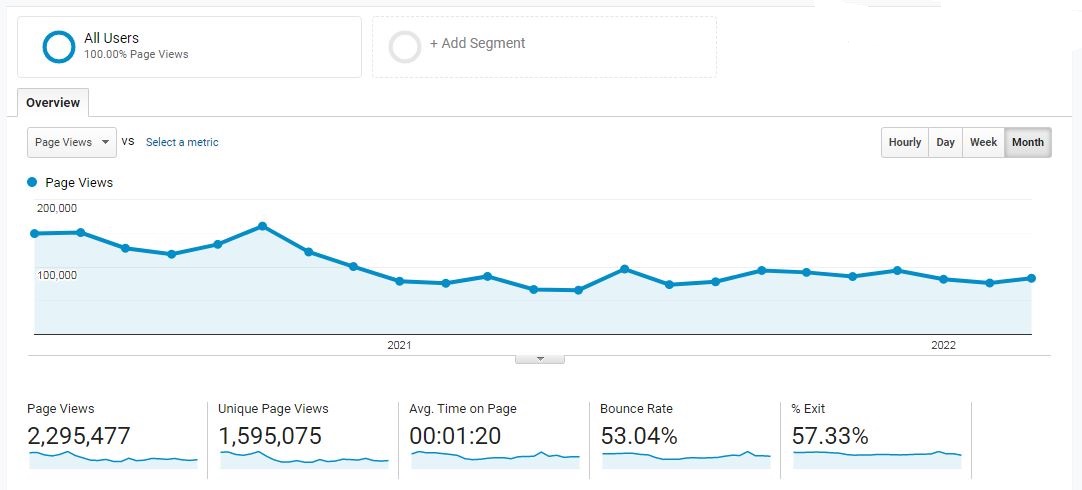
Aquaculture Conference Pulsus Conferences
